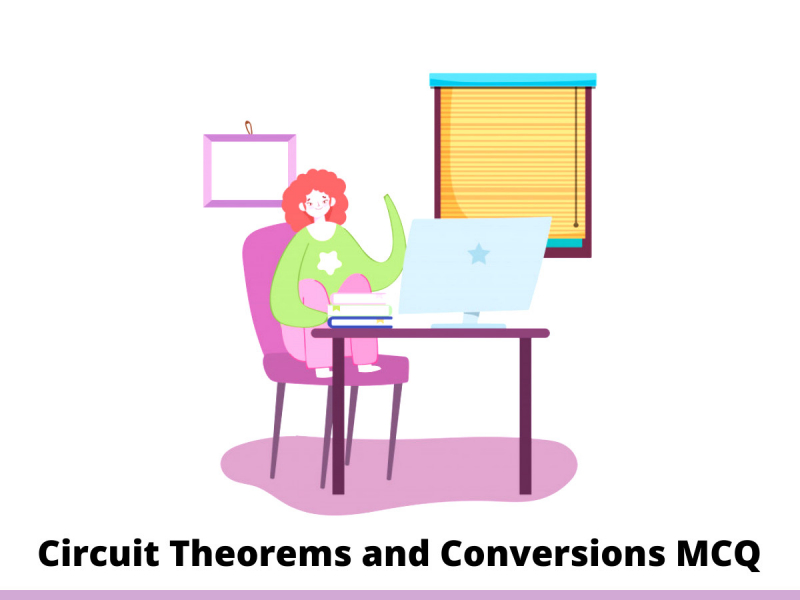Take Circuit Theorems and Conversions MCQ Test to Test Your Knowledge
Practice here the best Circuit Theorem and Conversion MCQ Questions that test your basic knowledge of circuit theorems and conversions. There are 20+ multiple choice questions in this MCQ test. You have to choose the correct answer for all the questions. Apart from this, you can also download here Circuit Theorem and Conversions MCQ PDF completely free of cost.

